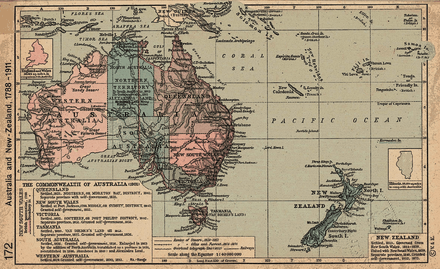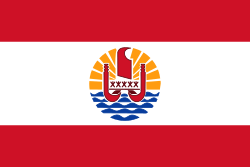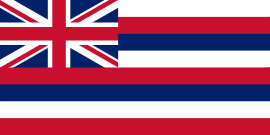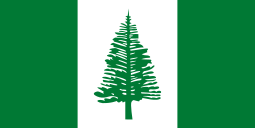Europeans in Oceania
European exploration and settlement of Oceania began in the 16th century, starting with Portuguese settling the Moluccas and Spanish (Castilian) landings and shipwrecks in the Marianas Islands, east of the Philippines, followed by the Portuguese landing and settling temporarily (due to the monsoons) in the Tanimbar or the Aru Islands and in some of the Caroline Islands and Papua New Guinea, and several Spanish landings in the Caroline Islands and New Guinea. Subsequent rivalry between European colonial powers, trade opportunities and Christian missions drove further European exploration and eventual settlement. After the 17th century Dutch landings in New Zealand and Australia, but not settling these lands, the British became the dominant colonial power in the region, establishing settler colonies in what would become Australia and New Zealand, both of which now have majority European-descended populations. New Caledonia (Caldoche),[1] Hawaii,[2] French Polynesia,[3] Norfolk Island and Guam[4] also have significant European populations. Europeans remain a primary ethnic group in much of Oceania, both numerically and economically.
.jpg)
European settlement of Australia and New Zealand

European settlement in Australia began in 1788 when the British established the Crown Colony of New South Wales with the first settlement at Port Jackson. New Zealand was part of New South Wales until 1840 when it became a separate colony and experienced a marked increase in European settlement.
While the largest European ethnic group to originally settle in both Australia and New Zealand were the English, the settler population in Australia from early times contained a large Irish Catholic component, in contrast to New Zealand which was more Scottish in composition.
For generations, the vast majority of both colonial-era settlers and post-independence immigrants to Australia and New Zealand came almost exclusively from the British Isles. However, waves of European immigrants were later drawn from a broader range of countries. Australia, in particular, received large numbers of European immigrants from countries such as Italy, Greece, Germany, the Netherlands, and Yugoslavia following the Second World War.
Current European population in Oceania
The total population of people that have European ancestry in Oceania is over 24,000,000, with the inclusion of the population of Hawaii.
.svg.png)






The dominant European group of Australia are referred to as Anglo-Celtic Australians (although this does not include non-British Europeans); the proper term for Australians of European ancestry is European Australian. In New Zealand, the census gathers information on ethnicity, not ancestry. It shows the majority of the New Zealand population identify as New Zealand European. The term Pākehā used in some previous Censuses has a similar meaning.
See also
References
- New Caledonia: People: Ethnic Groups., World Factbook of CIA
- Census shows Hawaii is becoming whiter, starbulletin.com
- French Polynesia: People: Ethnic Groups. World Factbook of CIA
- Guam: People: Ethnic Groups. World Factbook of CIA
- "2013 Census QuickStats about national highlights". Stats.govt.nz. Retrieved 25 June 2020.
- "ISEE - Salaires" (PDF). Isee.nc. Retrieved 20 August 2017.
- "Archived copy". Archived from the original on March 5, 2014. Retrieved April 3, 2012.CS1 maint: archived copy as title (link)
- Brazil: People: Ethnic Groups. World Factbook of CIA